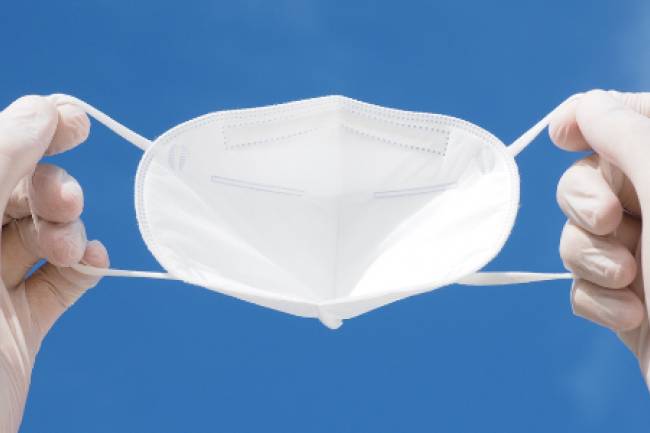
Learn about Electrocardiogram
When Willem Einthoven discovered the electrocardiogram (or electrokardiogram as it is known in North America), it was hailed as a landmark discovery in clinical cardiology and was deemed important enough to merit the Nobel Prize in Medicine by the Swedish Noble Prize authorities.
Apart from its utility in diagnosing cardiac rhythm problems and coronary artery disease (for which it deservedly receives more attention), the electrocardiogram (ECG) was also a key component in the clinical diagnosis of congenital heart disease (CHD) during the early years of pediatric cardiology.
Overview
Alexander Nadas, who is often hailed as the founding father of pediatric cardiology, in his textbook on congenital heart disease treatment (which served as the Bible for early generations of pediatric cardiologists) remarked that “Electrocardiography, accurate physical examination, and radiology form the tripod on which rests the clinical diagnosis in paediatric cardiology. Omission of, unfamiliarity with, or misinterpretation of any of these three tools spells disaster”.
Unfortunately, the ECG was the weak leg in the tripod of clinical diagnosis of CHD. This is because the ECG has very poor sensitivity (it is often normal in certain critical CHD) but has moderate specificity (an abnormal ECG is more commonly associated with significant CHD). It is for this reason that many paediatric cardiologists have in recent years started ignoring the ECG during the evaluation of children with suspected CHD. Despite being a weak link, the ECG remains a vital tool in the management of children with CHD when it is used in the appropriate manner recognising the limitations of the tool.
How is an ECG conducted?
A standard 12 lead ECG is obtained by placing 10 electrodes in various parts of the body ( 4 in the limbs and 6 in the chest). This provides information in the form of 6 limb leads and 6 chest leads. A major challenge in neonates and infants is finding the space to place 6 leads in their admittedly small anterior chest wall. Paediatric cardiologists and cardiac physiologists have found ways of obtaining ECG even in the smallest babies by a combination of miniaturization of equipment as well as improvisation with available equipment.
Different types of ECG readings
Situation in India
Even in the 21st century, access to echocardiogram by a trained paediatric cardiologist is limited to the urban centres and a handful of semi-urban centres in India. Adult cardiologists often lack sufficient training and understanding of the specialised views needed to diagnose CHD in the very young. As a result the diagnosis can be missed very often. Hence when there is a very high suspicion of CHD on clinical examination, the ECG is often the first diagnostic tool available to a paediatrician because of its easy availability and low cost. In today’s connected world, it is easy to send an image of the ECG to a paediatric cardiologist and obtain an expert opinion should the paediatrician lack the requisite skills to interpret the ECG.
Case Study for congenital heart disease treatment with ECG
A 3 month old baby girl was brought to the paediatrician in a sub-urban town in central Tamil Nadu with refusal of feeds, irritability and incessant cry as well as fast breathing. The paediatrician noticed that the baby was very breathless and that her peripheries were very cold. A chest x-ray was obtained and this showed a very large heart.
A CHD was suspected and an echocardiogram was obtained from an adult cardiologist locally. A diagnosis of dilated cardiomyopathy (DCM) was made (This is a condition where the heart muscles are very weak and unable to pump enough blood to meet the needs of the body) and no structural heart disease was identified. DCM only requires medical management with medications to help the heart pump better. However some CHD may present as DCM in infancy. The paediatrician had to make a choice between referring the child to a higher centre which involves significant economic expenses to the family and managing locally. He got in touch with a paediatric cardiologist who suggested that an ECG be obtained for the child.
The ECG showed a normal heart rhythm but evidence of deep Q waves in certain leads – I, aVL, V5 and V6 – which are referred to as antero-lateral leads (deep Q waves are an electrocardiographic sign of old myocardial infarction or previous heart attack and their presence in a young infant is pathognomonic of ALCAPA – a serious CHD requiring immediate surgical correction). This raised the suspicion about ALCAPA. The baby was hence immediately referred to a paediatric cardiac centre where the diagnosis was confirmed and the baby was operated immediately. The baby recovered from surgery and was discharged home after 2 weeks stay in the hospital. A precious life was saved because of the humble ECG, an often maligned investigative tool in CHD.
The humble ECG which is considered ” the quickest, safest and least expensive” tool in cardiology continues to be a vital investigation more than a century after its’ discovery.
-Contributed by R Srivatsan













